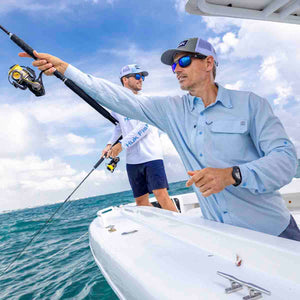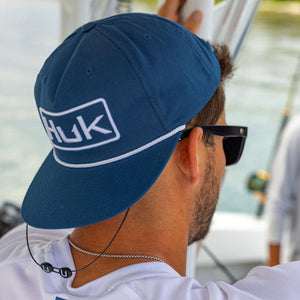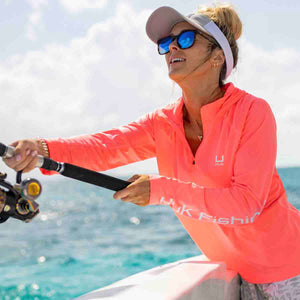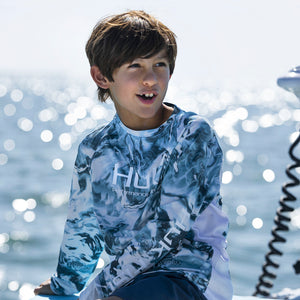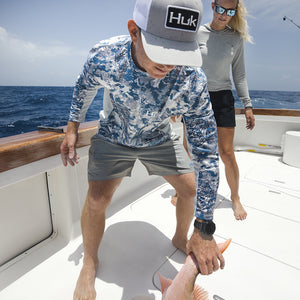
America (and much of the globe) seems to have an obsession with billfish, but few species are as popular as the Atlantic blue marlin. Not that there is anything wrong with black marlin, sailfish, swordfish, or striped marlin; it’s just that the blue marlin, which is the largest of the billfish group, has captured the hearts and passions of anglers for centuries.
If you want to join the ranks of anglers who’ve pulled up a blue marlin, you have your work cut out for you. But with the right techniques, you can add this world-class trophy to your list.
Marlin Biology: A Quick Summary
The blue marlin has a sleek, cylindrical body, a broad tail fin, and a dorsal fin that is tall at the front, narrows sharply, then coasts down to the back. Of course, the most noticeable feature is the nose, which protrudes forward like a skewer. The body is a deep, majestic blue on the top half, earning the blue marlin its name, while the bottom half is a grayish-white tone.
Many people wonder at the purpose behind the protruding nose. This feature is used not to stab prey but to bludgeon and incapacitate them, making the meal easier to catch and eat. A marlin will dart through a dense pod of prey fish, using the nose not as a spear but as a club, then circle back to swallow the stunned fish.
Where to Find Blue Marlin
The Atlantic blue marlin is caught all over the Atlantic ocean, with the exception of extremely northern and southern ends. While they often make their homes in cold water, they are most at home in warm, tropical waters like the Gulf of Mexico, Caribbean Sea, and coasts of the Bahamas.
They spend a majority of their lives far out at sea, feeding mostly on pods of baitfish that they push towards the surface. They feed on numerous species, including mullet, ballyhoo, bonito, mackerel, and flying fish.
Catching the Noble Blue Marlin
Fishing for blue marlin is often a game of patience marked by hours of waiting. Once you hook into one, however, it becomes a frantic challenge of will and endurance. To find them, you will likely need to drive miles away from the coast, so make sure you are checking the weather for any upcoming storms, as it could be a long drive back to the dock.
Many people will use live-bait to catch marlin. Anything that the blue marlin is currently eating should work as bait, so pull your own bait from the ocean, hook it with a strong rig, and you’ll be set to catch a trophy marlin. If you are fishing with bait, make sure to let the marlin run with the hook for a short time before setting it. A few firm tugs should do the trick; you’re now ready to fight the powerful and legendary blue marlin.
While live-bait is a common choice, many marlin angler will use artificial lures that are trolled behind the boat. These lures are large, bright, and flashy, grabbing a blue marlin’s attention and enticing a bite.
Do you love marlin fishing? Then display your passion with this impressive fishing mask.
Get Outstanding Apparel for All of Your Fishing Adventures
Whether you’re heading offshore to catch a marlin or driving to the pond for some panfish, you can get high-quality fishing apparel from Huk. You’ll get water-resistant items that help you stay comfortable for hours and hours, so order your favorite fishing shirt today!
